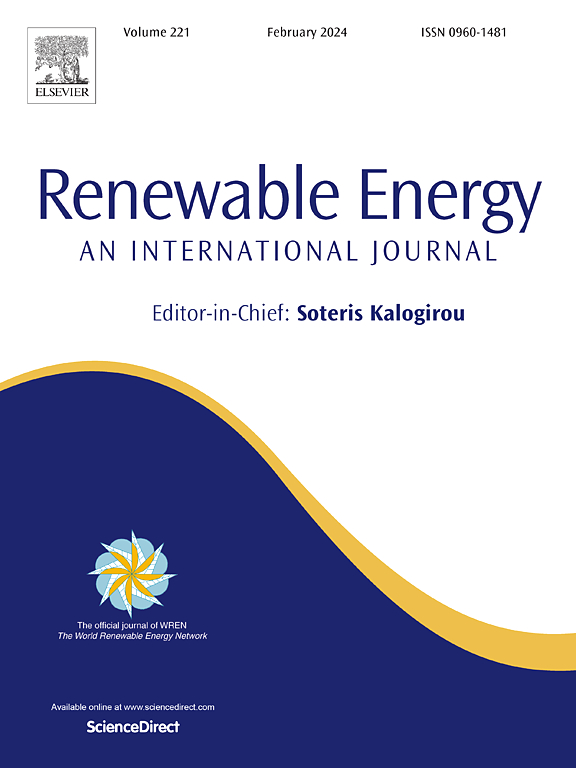将氢动力燃料电池公共汽车集成到形成电网的微电网:紧急能源需求的解决方案
IF 9
1区 工程技术
Q1 ENERGY & FUELS
引用次数: 0
摘要
燃料电池电动(FCE)公交车具有高达250-300千瓦的大容量电池和氢气的高能量密度,因此它们可以通过可再生能源的支持用作移动微电网(MoMG)。在本研究中,使用MATLAB/Simulink将由SOFC燃料电池堆和电池组成的FCE总线建模为移动微电网(MoMG),以便在灾害情况下向无法到达的地区提供移动电能支持。为了开发MoMG的V2L、V2V和V2G功能,提出了一种基于IEEE 2800-2022标准的增强型电网形成控制(EGFC)方法,以确保逆变电网同步。在该模型中,研究了氢功率的突然变化、电池储能系统(BESS)在负载突然变化、孤岛条件以及临时和永久故障时的响应评估。EGFC使FCE总线能够在稳态和瞬态条件下保持运行,电网电压和电流±1.5%,电网有功功率和无功功率±3%,频率±0.01 Hz。结果表明,EGFC提供了一个可靠和稳定的FCE总线电网集成,为MoMG提供了低压穿越(LVRT)和故障穿越(FRT)能力。本文章由计算机程序翻译,如有差异,请以英文原文为准。
Integrating hydrogen-powered fuel cell electric buses into grid-forming microgrids: A solution for emergency energy needs
Fuel cell electric (FCE) buses have high-capacity batteries reaching up to 250–300 kW and high energy densities with hydrogen, so they can be used as a Mobile Microgrid (MoMG) by being supported by renewables. In this study, an FCE bus comprising a SOFC fuel cell stack and a battery is modeled as a Mobile Microgrid (MoMG) using MATLAB/Simulink to deliver mobile electrical energy support to regions inaccessible during disaster situations. To develop the V2L, V2V, and V2G functions of the MoMG, an Enhanced Grid Forming Control (EGFC) method is proposed, considering the IEEE 2800-2022 standards to ensure inverter-grid synchronization. In the proposed model, sudden changes in hydrogen power, evaluation of battery energy storage system (BESS) response during sudden load change, islanding conditions, and temporary and permanent faults are investigated. EGFC enables the FCE bus to maintain operation under both steady-state and transient conditions, achieving ±1.5 % in grid voltage and current, ±3 % grid active power and reactive power, and ±0.01 Hz in frequency. The obtained results show that the proposed EGFC provides a reliable and stable grid integration of an FCE bus, providing the MoMG with low-voltage ride-through (LVRT) and fault ride-through (FRT) capabilities.
求助全文
通过发布文献求助,成功后即可免费获取论文全文。
去求助
来源期刊

Renewable Energy
工程技术-能源与燃料
CiteScore
18.40
自引率
9.20%
发文量
1955
审稿时长
6.6 months
期刊介绍:
Renewable Energy journal is dedicated to advancing knowledge and disseminating insights on various topics and technologies within renewable energy systems and components. Our mission is to support researchers, engineers, economists, manufacturers, NGOs, associations, and societies in staying updated on new developments in their respective fields and applying alternative energy solutions to current practices.
As an international, multidisciplinary journal in renewable energy engineering and research, we strive to be a premier peer-reviewed platform and a trusted source of original research and reviews in the field of renewable energy. Join us in our endeavor to drive innovation and progress in sustainable energy solutions.
 求助内容:
求助内容: 应助结果提醒方式:
应助结果提醒方式:


